As some comment already said a CTE can solve this
with cte as (
select item, wh, stock_in, stock_out, price, value
, row_number() over (partition by item, wh order by item, wh) as rank
from myTable)
select a.item, a.wh
, a.stock_in - coalesce(b.stock_out, 0) stock
, a.price
, a.value - coalesce(b.value, 0) value
from cte a
left join cte b on a.item = b.item and a.wh = b.wh and a.rank = b.rank - 1
where a.stock_in - coalesce(b.stock_out, 0) > 0
If the second "Item B" has the wrong price (the IN price is 25, the OUT is 35).
SQL 2008 fiddle
Just for fun, with sql server 2012 and the introduction of the LEAD and LAG function the same thing is possible in a somewhat easier way
with cte as (
select item, wh, stock_in
, coalesce(LEAD(stock_out)
OVER (partition by item, wh order by item, wh), 0) stock_out
, price, value
, coalesce(LEAD(value)
OVER (partition by item, wh order by item, wh), 0) value_out
from myTable)
select item
, wh
, (stock_in - stock_out) stock
, price
, (value - value_out) value
from cte
where (stock_in - stock_out) > 0
SQL2012 fiddle
Update
ATTENTION -> To use the two query before this point the data need to be in the correct order.
To have the details with more then one row per day you need something reliable to order the row with the same date, like a date column with time, an autoincremental ID or something down the same line, and it's not possible to use the query already written because they are based on the position of the data.
A better idea is to split the data in IN and OUT, order it by item, wh and data, and apply a rank on both data, like this:
SELECT d_in.item
, d_in.wh
, d_in.stock_in - coalesce(d_out.stock_out, 0) stock
, d_in.price
, d_in.value - coalesce(d_out.value, 0) value
FROM (SELECT item, wh, stock_in, price, value
, rank = row_number() OVER
(PARTITION BY item, wh ORDER BY item, wh, date)
FROM myTable
WHERE stock_out = 0) d_in
LEFT JOIN
(SELECT item, wh, stock_out, price, value
, rank = row_number() OVER
(PARTITION BY item, wh ORDER BY item, wh, date)
FROM myTable
WHERE stock_in = 0) d_out
ON d_in.item = d_out.item AND d_in.wh = d_out.wh
AND d_in.rank = d_out.rank
WHERE d_in.stock_in - coalesce(d_out.stock_out, 0) > 0
SQLFiddle
But this query is NOT completely reliable, the order of data in the same order group is not stable.
I haven't change the query to recalculate the price if the IN.price is different from the OUT.price

